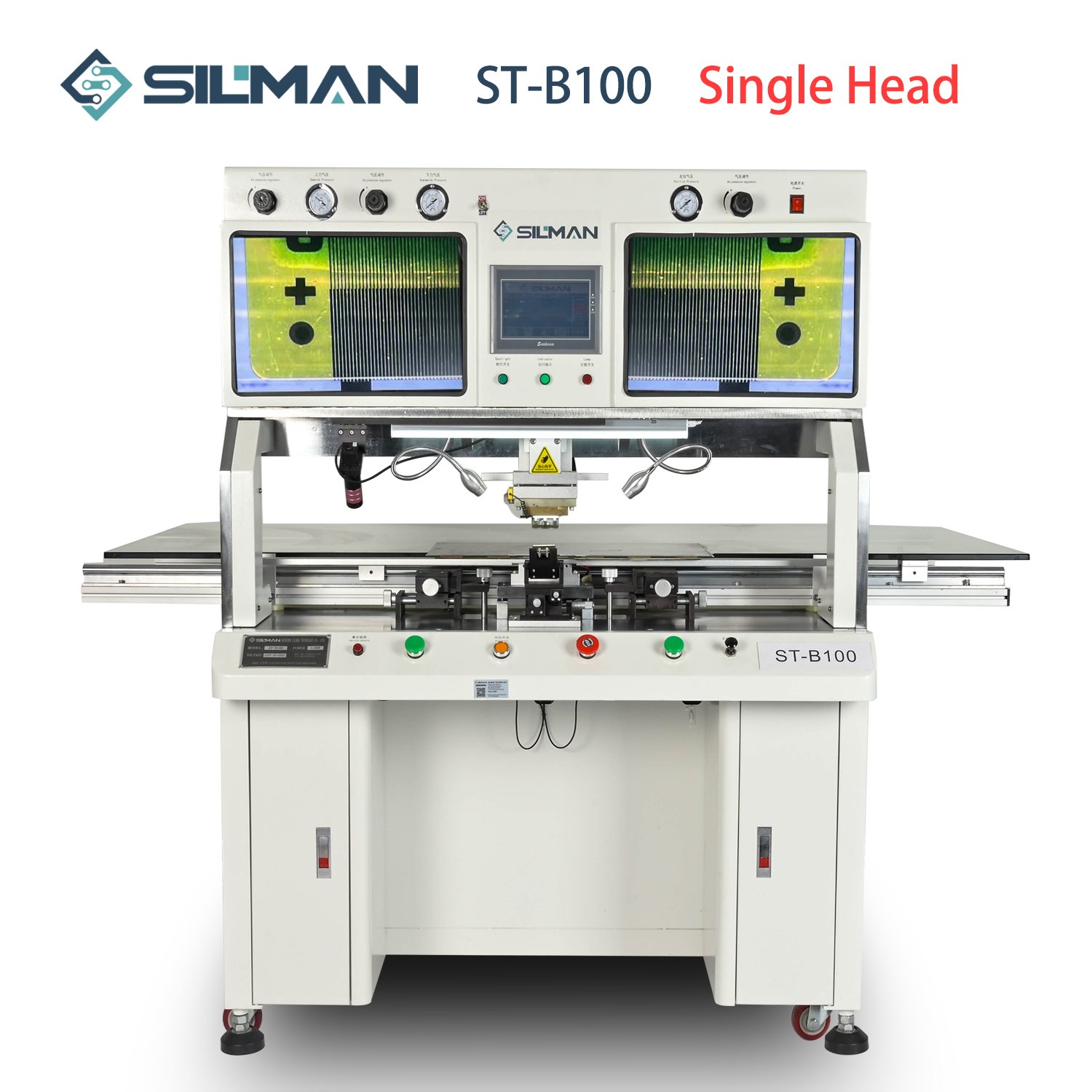With the increasing use of BGA (Ball Grid Array) chips, the BGA chip repair industry is considered a promising sector. Many enterprises, in order to save costs, opt to repair chips that can be salvaged for reuse. In such cases, the purchase price of a BGA rework station becomes an important consideration for suppliers.
BGA rework stations can be categorized into three types: automatic, semi-automatic, and manual. Automatic BGA rework stations can automatically detect and differentiate between various processes, such as removal and installation. During the removal process, the machine automatically separates the component from the PCB after heating, avoiding issues like inadequate heating leading to component cooling and difficulty in removal. During installation, the machine handles alignment, placement, heating, and cooling automatically, achieving a rework success rate of up to 100%.
Semi-automatic and manual BGA rework stations require manual intervention to separate the components during chip repair. Careful control of heating temperature and force is necessary during this process to prevent issues such as inadequate heating or excessive force leading to solder pad detachment. Attention to detail is also crucial during manual placement to avoid misalignment.
As for the price of BGA rework stations, it varies depending on the type and features. Non-optical machines generally range from a few thousand to tens of thousands of dollars, while optical BGA rework stations can range from tens of thousands to hundreds of thousands of dollars. Market prices are sourced from online platforms and should be used as reference points.
Understanding the characteristics of BGA rework stations can help in assessing their prices. For more information about BGA rework stations, individuals can consult online customer service representatives.
